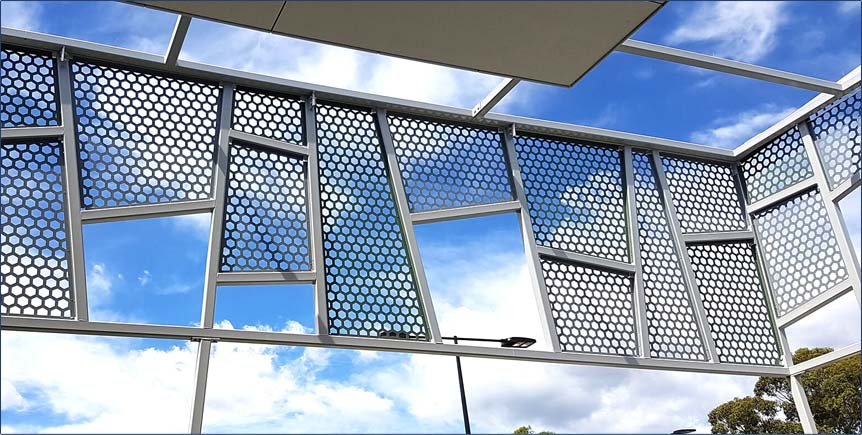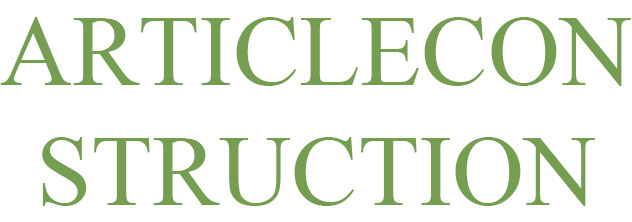Expanded Metal vs. Perforated Metal
Expanded metal and perforated metal are two popular types of metal sheets commonly used in various industries for a wide range of applications. While both are versatile and serve similar purposes, they have distinct characteristics and unique advantages. In this article, we will explore the differences between expanded metal and perforated metal, helping you understand their respective features and the ideal applications for each.
Expanded Metal:
Manufacturing Process: Expanded metal is created through a specialized manufacturing process known as expanding. A flat metal sheet is slit and then subjected to stretching or expanding, resulting in a pattern of diamond-shaped openings with interconnected strands. The expansion process provides the sheet with a three-dimensional structure that retains its strength and rigidity.

Characteristics: Expanded metal sheets offer several unique characteristics:
a. Strength and Rigidity: The expanded structure provides enhanced strength and rigidity, making expanded metal suitable for load-bearing applications.
b. Open Area: The diamond-shaped openings create an open area that allows for excellent ventilation and drainage.
c. Versatility: Expanded metal is available in various materials, including stainless steel, aluminum, and carbon steel, offering versatility for different industrial needs.
d. Anti-Slip Properties: The raised surface of expanded metal provides good traction, making it ideal for flooring and stair treads.
Applications: Expanded metal finds application in a wide range of industries and functions:
a. Fencing and Security: Expanded metal is commonly used for fences, gates, and security screens due to its strength and visibility.
b. Walkways and Platforms: Its anti-slip properties make expanded metal a popular choice for walkways, platforms, and gratings.
c. Filters and Ventilation: The open area allows for efficient air and liquid flow, making it suitable for filters, ventilation panels, and screens.
Perforated Metal:
Manufacturing Process: Decorative Perforated Metal is produced by punching holes or perforations into a metal sheet. The perforations can be round, square, or custom shapes, depending on the specific application and design requirements.
Characteristics: Perforated metal sheets offer distinct features:
a. Precise Hole Patterns: The perforation process allows for precise and consistent hole patterns, offering design flexibility.
b. Aesthetic Appeal: Perforated metal can be used to create visually appealing designs and patterns.
c. Filtering and Screening: The perforated holes can act as filters or screens for air, light, and sound.
d. Sound Absorption: Perforated metal can be used in acoustic panels for sound absorption applications.
Applications: Perforated metal is utilized in various industries and applications, including:
a. Architectural Design: Perforated metal is often used in architectural projects for decorative facades, sunscreens, and cladding.
b. Acoustic Panels: Its sound absorption properties make perforated metal suitable for acoustic panels and soundproofing applications.
c. Filters and Screens: Perforated metal is commonly used as filters in HVAC systems, oil and gas industries, and screening applications.
Conclusion:
Expanded metal and perforated metal are both valuable materials with unique characteristics. Expanded metal provides strength, rigidity, and excellent ventilation, making it ideal for structural and industrial applications. Perforated metal, on the other hand, offers precise hole patterns, aesthetic appeal, and sound absorption properties, making it suitable for architectural and acoustic applications. By understanding the differences and advantages of each type, you can make informed decisions on which metal sheet is best suited for your specific project or application. Both expanded metal and perforated metal have diverse uses and are essential components in numerous industries, contributing to the functionality and visual appeal of a wide range of products and structures.



